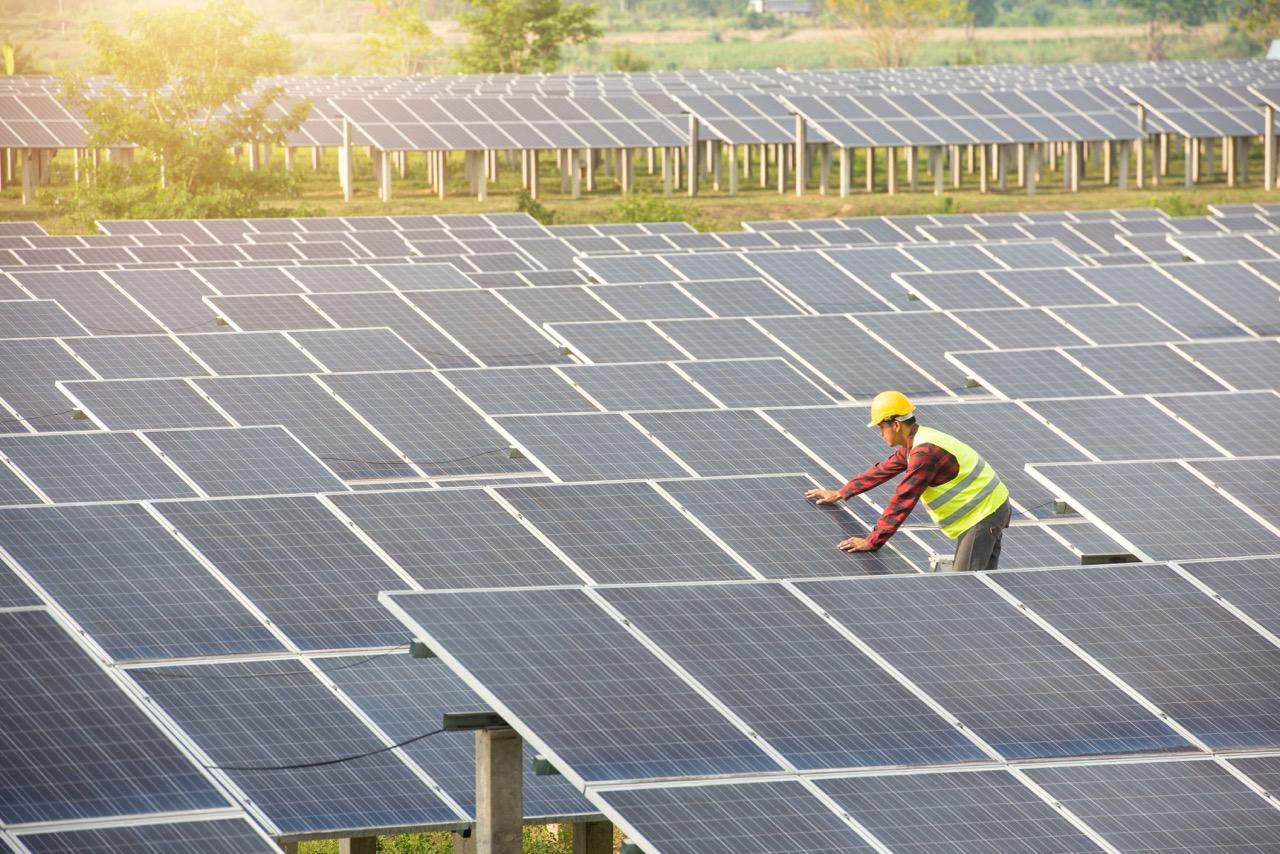Latin America and Caribbean
Clean power replacing emissions-intensive fossil fuels
Ponto de âncora: Visão geral
Destaques
65% da América Latina e a eletricidade do Caribe foi gerada a partir de fontes limpas do ano passado, a média global de 41%. 41%. A participação eólica combinada e solar da região (17%) estava acima da média global (15%), enquanto a Hydro (41%) continuou a fornecer a maior parte da energia limpa. Em 2024, o Brasil adicionou 36 TWH de vento e solar, representando 78% do crescimento eólico e solar na região e 7% do crescimento global. Média global de 473 GCO2/KWH). O carvão forneceu apenas 4% da eletricidade da região em 2024. Há quantidades relativamente pequenas de energia de carvão no México, Brasil, Colômbia e República Dominicana, e praticamente não há novas usinas de carvão planejadas. Na região, 24% da eletricidade ainda é gerada com gás fóssil e, em 2024, houve um aumento de 21 TWH em comparação com 2023, causado principalmente por secas intensas que afetaram a geração hidrelétrica em países como Brasil, Colômbia e Equador.
Latin America and the Caribbean generated 65% of its electricity from clean sources in 2024, well above the global average of 41%. The region’s combined wind and solar share (17%) was above the global average (15%), while hydro (41%) continued to provide the bulk of clean power.
In the region, Chile (34%) and Uruguay (31%) have the highest shares of wind and solar. In 2024, Brazil added 36 TWh of wind and solar, accounting for 78% of wind and solar growth in the region and 7% of global growth.
In 2024, fossil fuels provided 35% of the region’s electricity, down from 47% in 2015. This makes electricity less fossil fuel-intensive than the global average, with a lower carbon intensity (255 gCO2 per kWh in 2024, compared with the global average of 473 gCO2/kWh).
Due to its growing base of wind and solar and large hydro resources, Latin America and the Caribbean has not developed a dependency on coal in the way that Asia has. Coal provided just 4% of the region’s electricity in 2024. There are relatively small amounts of coal power in Mexico, Brazil, Colombia and the Dominican Republic, and there are virtually no new coal power plants planned. In the region, 24% of electricity is still generated with fossil gas, and in 2024 there was an increase of 21 TWh compared to 2023, mainly caused by intense droughts that affected hydroelectric generation in countries such as Brazil, Colombia and Ecuador.
Continuando a aumentar a energia limpa - particularmente o vento e a energia solar - para acompanhar o ritmo da demanda crescente será crucial para a América Latina e o Caribe. O investimento em crescimento em projetos de geração renovável permitirá que a região aumente o acesso de energia a comunidades remotas, fortaleça a segurança e a independência energética e crie novos empregos verdes. Insights
Anchor point: Data
Anchor point: Insights
Related countries and regions
Record renewables propel the world towards a new era of falling fossil generation
90% of Brazil’s electricity was generated from low-carbon sources in 2024.
Argentina’s power sector emissions grew over the last two decades, but reached a peak in 2016 as rising wind generation reduced reliance on fossil POWER. geração.
25% of Mexico’s electricity was generated from low-carbon sources in 2024, below the global average of 41%.
G20 countries accounted for 84% of the world’s electricity demand in 2024, and 92% of global coal generation.


